Since childhood, birds fascinated Dr. P. Sathiyaselvam. Growing up in a small village in Tamil Nadu, he had the opportunity to experience the bounties of nature all around him. Often, he would play with his friends near rivers, lakes, and ponds, getting close to many feathered visitors in and around these water bodies. Although he did not know much about these birds’ identities, he found interest in observing their behaviour, like vultures feeding on carrion or waterfowl preening themselves in the river and ponds.
He also grew up learning many fascinating folklore and beliefs associated with birds from his elders. He recollects one of them,
“There was a saying prevalent at that time that if painted storks or open-billed storks flew above our village, it would mean a year of good fortune for us. So, we would be overjoyed upon seeing these birds spreading their wings and flying across the sky,” he said.
Thus, whether admiring their beauty, appreciating their behaviour or culturally revering them, his association with birds was always a part of his growing up. However, at that time, Dr. Sathiyaselvam had no inkling that one day, he would be one of India’s pioneers in bird conservation and research.
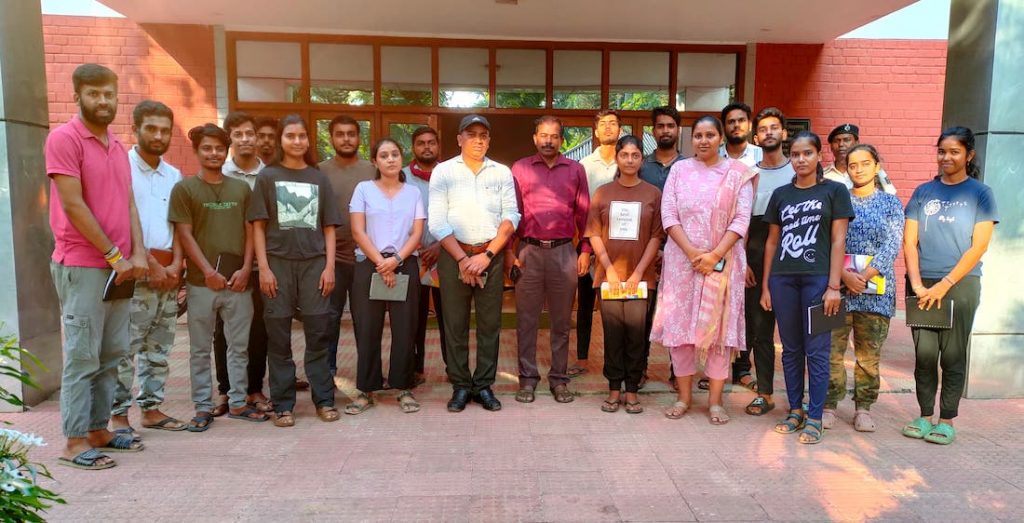
After completing his schooling, he pursued an undergraduate degree in Zoology from the A.V.C. College in Mayiladuthurai, Tamil Nadu. Upon finishing this course, he enrolled for the M.Sc. degree in Wildlife Biology at the same college. He had already seen many of his college seniors, who pursued the Masters course, achieve their dream careers and become eminent names in wildlife research. Also, the many wildlife trails and expeditions he attended during his undergraduate and postgraduate studies further piqued his interest in the field.
While pursuing the Masters course, an interesting event occurred that is still fresh in the memory of Dr. Sathiyaselvam.
“I remember our professor gave us an assignment to identify birds. I could not identify a single species and scored zero on the task. Seeing my poor performance, my professor warned me never to take up any work that deals with birds,” mentioned Dr. Sathiyaselvam.
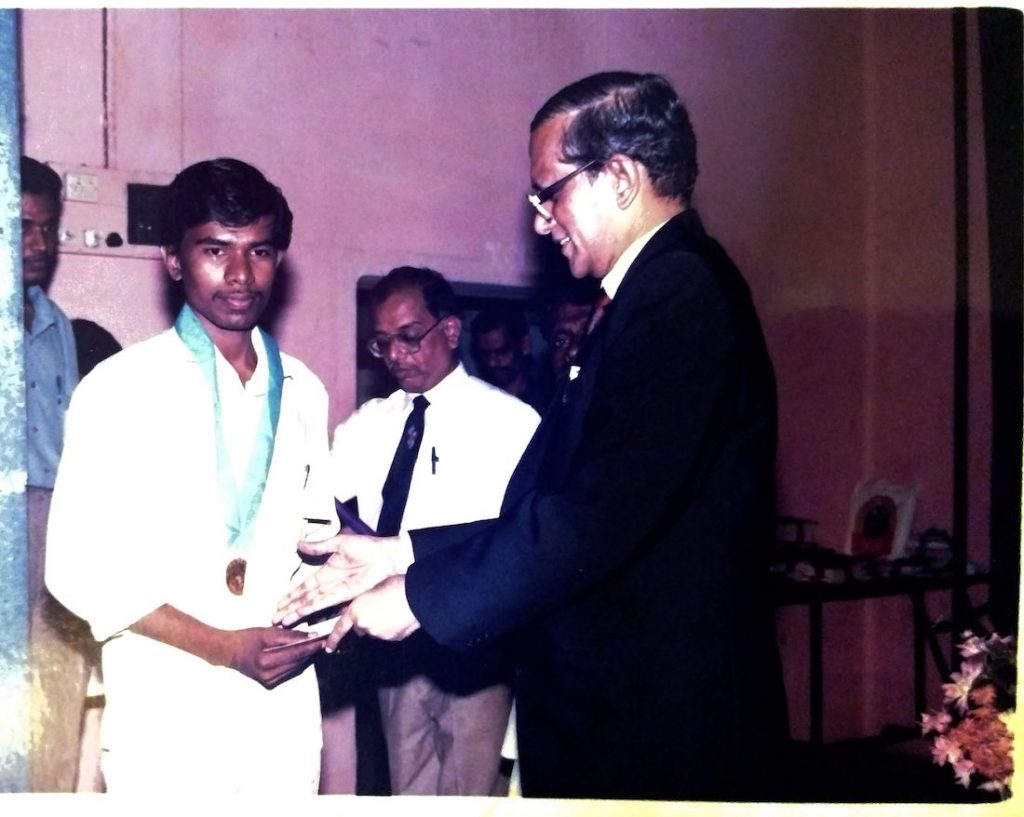
After his M.Sc., Dr. Sathiyaselvam appeared in an interview in 1998 for a contractual field biologist position in the state forest department. As he stood first in both the M.Sc. course and the interview, he was allowed to choose a place of work as per his preference. Remembering his professor’s advice, he decided to avoid working with birds and chose the Point Calimere Wildlife and Bird Sanctuary located along the eastern coast of Tamil Nadu, where there was an option to study mammals like blackbucks. Little did he know that this choice would be the turning point in his career in a way he never imagined.
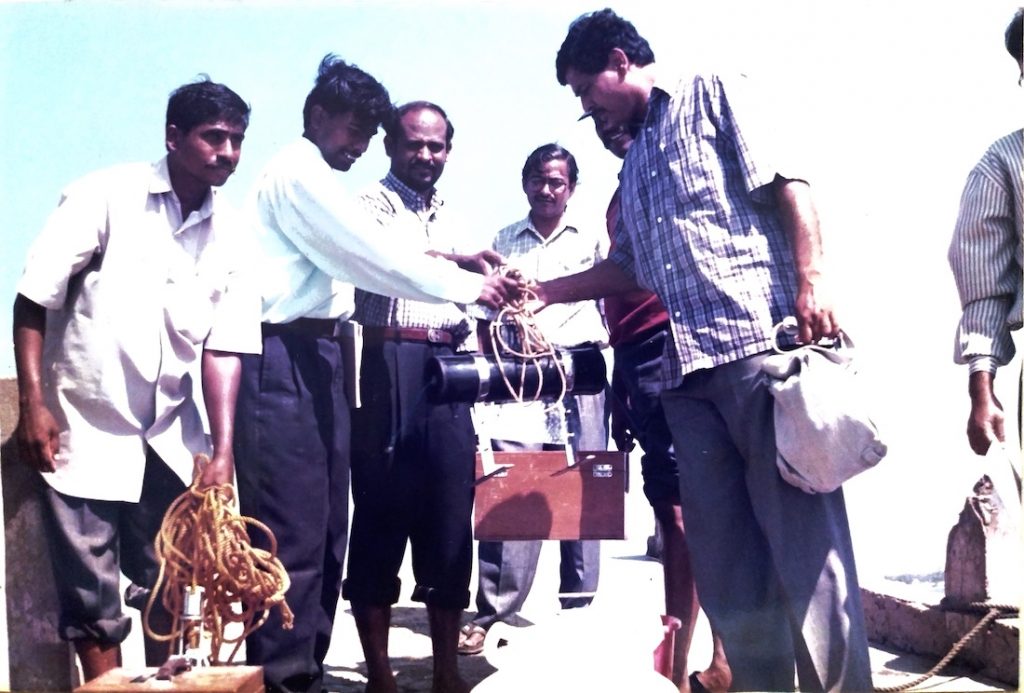
“I had visited Point Calimere several times before, and the elegant blackbucks there would always entice me. There was a host of other fauna in the sanctuary, so I was extremely excited when I got to select it as my professional life’s first workplace,” said Dr. Sathiyaselvam.
However, although he wanted to avoid birds for his studies, when he started working, he understood the important place occupied by the sanctuary’s avifauna. The protected area was open to tourism, and he often faced questions from inquisitive tourists about the area’s birds, as they regarded him as a wildlife expert. Many international visitors would also visit Point Calimere to document particular species of birds through photography or other means and were also curious to know more.
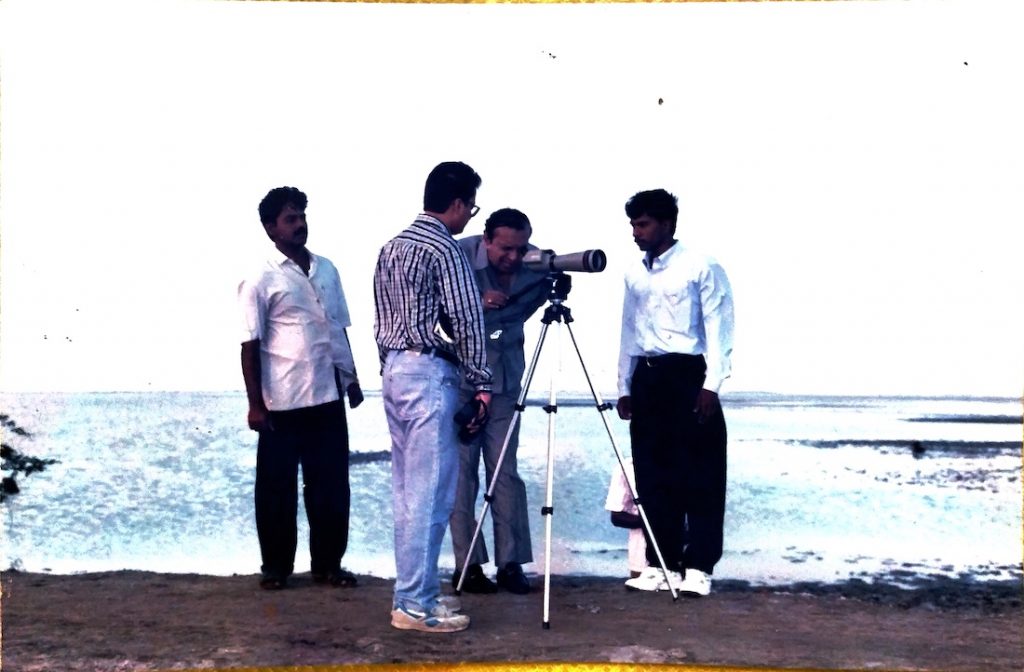
“The queries of these visitors motivated me to start gathering knowledge about the birds of Point Calimere Wildlife and Bird Sanctuary. Initially, it was not an easy task, as many species of wader birds visit the sanctuary, and they are quite similar in appearance. However, I devoted my full concentration to studying them, and with the help of my colleagues and bird guide books, I soon picked up good bird identification skills,” mentioned Dr. Sathiyaselvam.
Not only did he learn to identify birds, but within just two months of his posting in Point Calimere, he was also assigned a mammoth responsibility. The divisional forest officer approached him and assigned him the task of conducting a bird census in the sanctuary that would be part of the Asian Water Bird Census (AWC). He just had a month to prepare for the same.
“That one month, I spent almost my entire time in the field. From early morning to late evening, I studied the birds of Point Calimere. I also sent out all the invites for the census and completed all other formalities needed to conduct the census. My efforts paid off, and I was able to complete the census successfully,” said Dr. Sathiyaselvam.
Today, Dr. Sathiyaselvam is one of the national coordinators for the Asian Waterbird Census and has led many such censuses over the years.
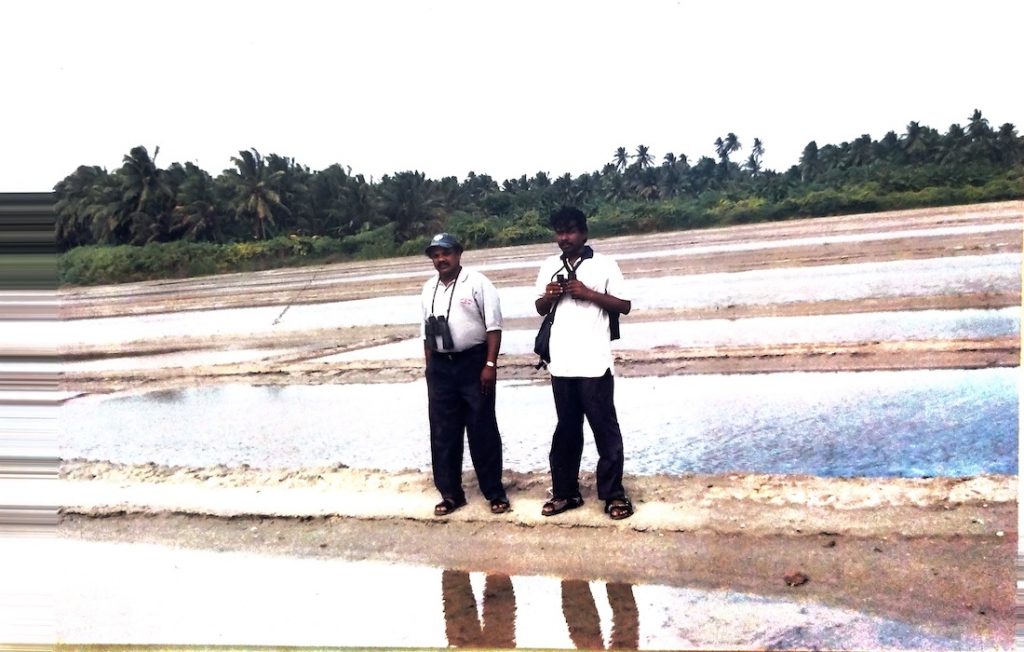
During his time at Point Calimere, he also met renowned ornithologist and bird migration study specialist Dr. Balachandran Sivananinthaperumal from the Bombay Natural History Society (BNHS). Dr. Balachandran was visiting Point Calimere to conduct bird ringing studies. It was a good opportunity for Dr. Sathiyaselvam to learn about ringing experiments from Dr. Balachandran.
“Before, I would watch birds from binoculars and spotting scopes. Now, I held them in my hands for ringing. It was truly fascinating,” said Dr. Sathiyaselvam.
Over the years, he also trained many junior researchers to conduct bird ringing experiments, thus amplifying the work done to protect the birds and their flyways.
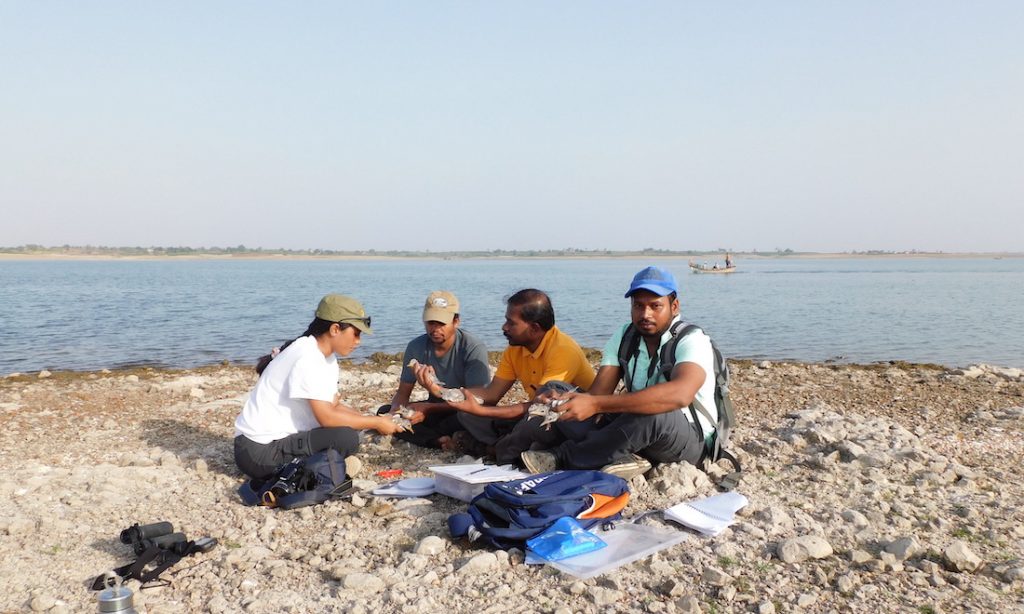
During his days in Point Calimere, he also received tremendous support from the sanctuary’s forest officials, who recognised his potential and motivated him to achieve higher goals.
Thus, in March 2002, Dr. Sathiyaselvam joined BNHS as a researcher under the guidance of Dr. Balachandran. His first posting was, however, highly challenging.
“I had to take up a project in the Chilika Lake region of Odisha. I did not know the local language, nor was I well-versed in Hindi. So, language was a major barrier,” said Dr. Sathiyaselvam.
Not just the language, but he also faced a major setback when it came to the actual task. His project was entitled “Habitat Evaluation of Chilika Lake by Using Birds as Bio-indicators.” As he started working on it, he realised that much was unknown to him. For example, bird-counting techniques he had learned in Point Calimere were not applicable in Chilika as there was a massive congregation of birds there that could not be counted by simple methods.
“Over the next few years, I studied hard. I went through hundreds of books, research papers, Ph.D. thesis, and even colonial-era bird hunting reports, etc., and spoke to scores of experts to find answers to my research questions. At that time, the internet was extremely slow and we had to wait hours to download a couple of scientific papers. So, I went back to Mumbai to study at the BNHS library,” mentioned Dr. Sathiyaselvam.
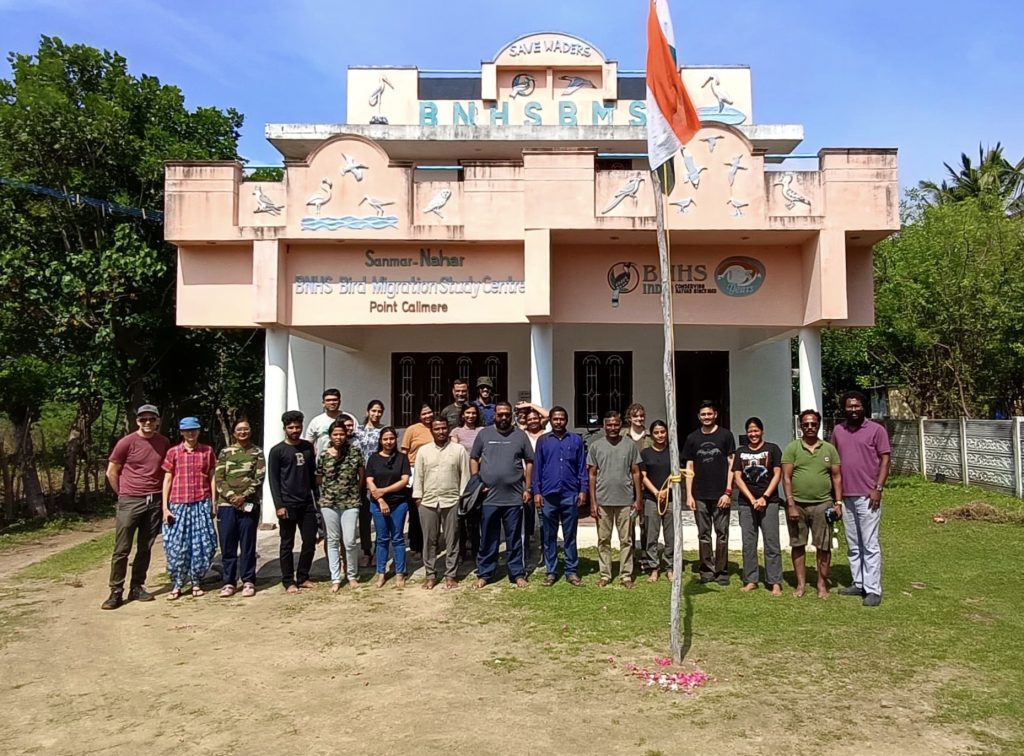
After returning, not only was he able to find a solution to estimate the birds in his study area, but he also could interpret many observations related to bird behaviour and their relation to habitat quality. He also used GIS technology to track birds during this time. He found that the nature of the habitat influenced the number of birds of a particular species and the species diversity of the area.
After seven years of intensive research, which earned him a Ph. D. degree from the University of Mumbai, he developed a comprehensive report on his studies that was highly appreciated at all levels and even sent to RAMSAR to add to their database.
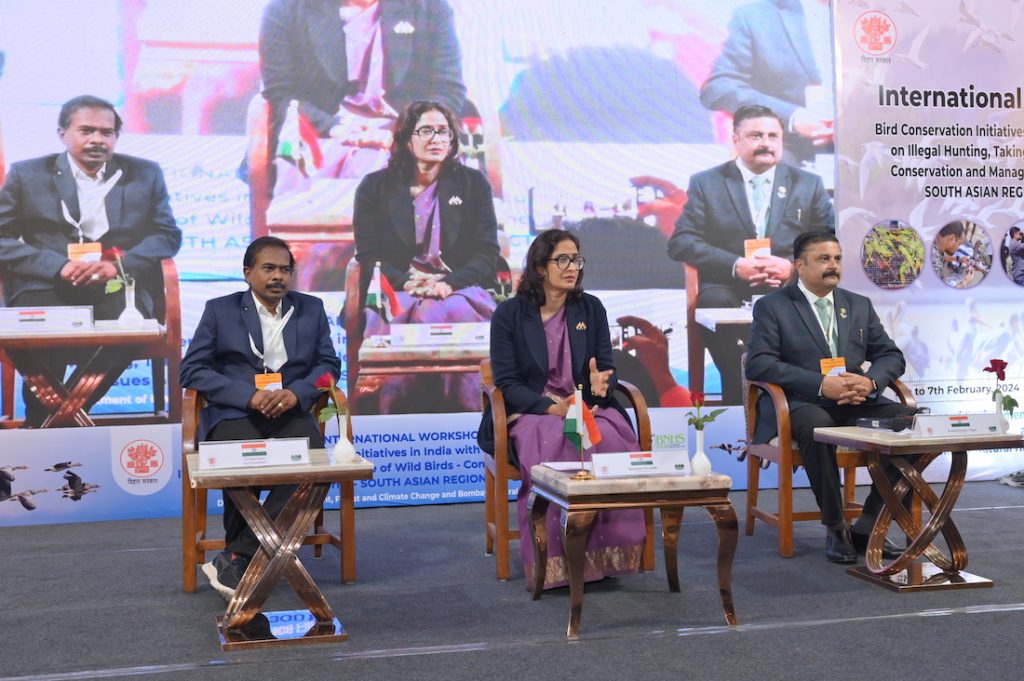
After completing his work in Odisha, he studied birds and bird diseases nationwide following the bird flu outbreak in India in 2006. He travelled across India, ringing birds, collecting samples, and sending them to the laboratory in Bhopal for testing.
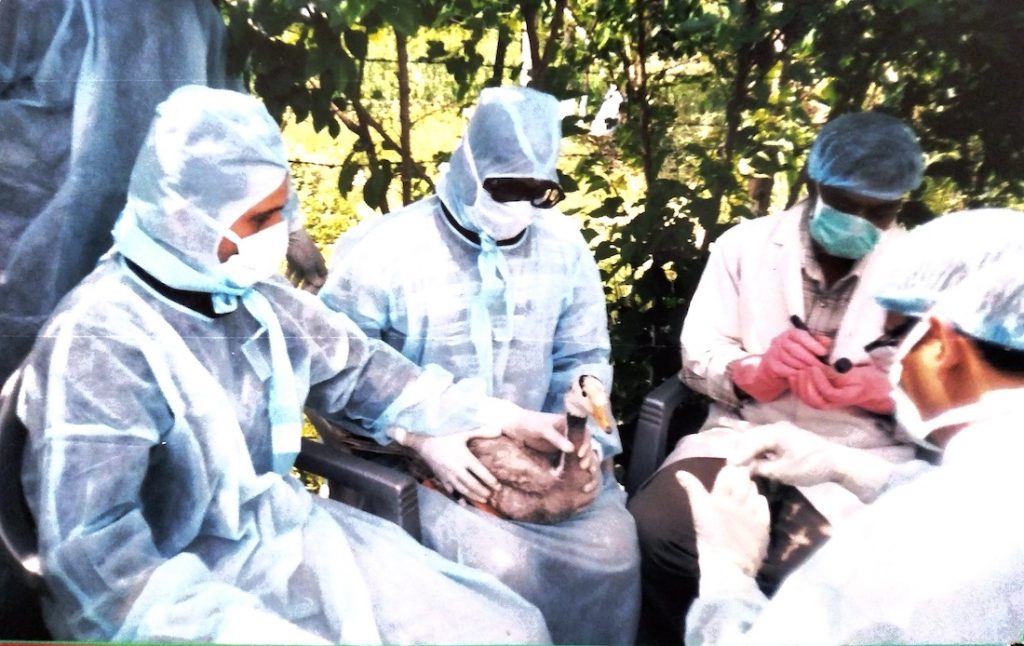
Today, Dr. Sathiyaselvam has successfully ringed more than 20,000 birds from 300 species and contributed to creating the Centralised Database System for bird ringing. He currently collaborates with government organisations like ICMR and DRDE to conduct zoonotic surveillance of birds.
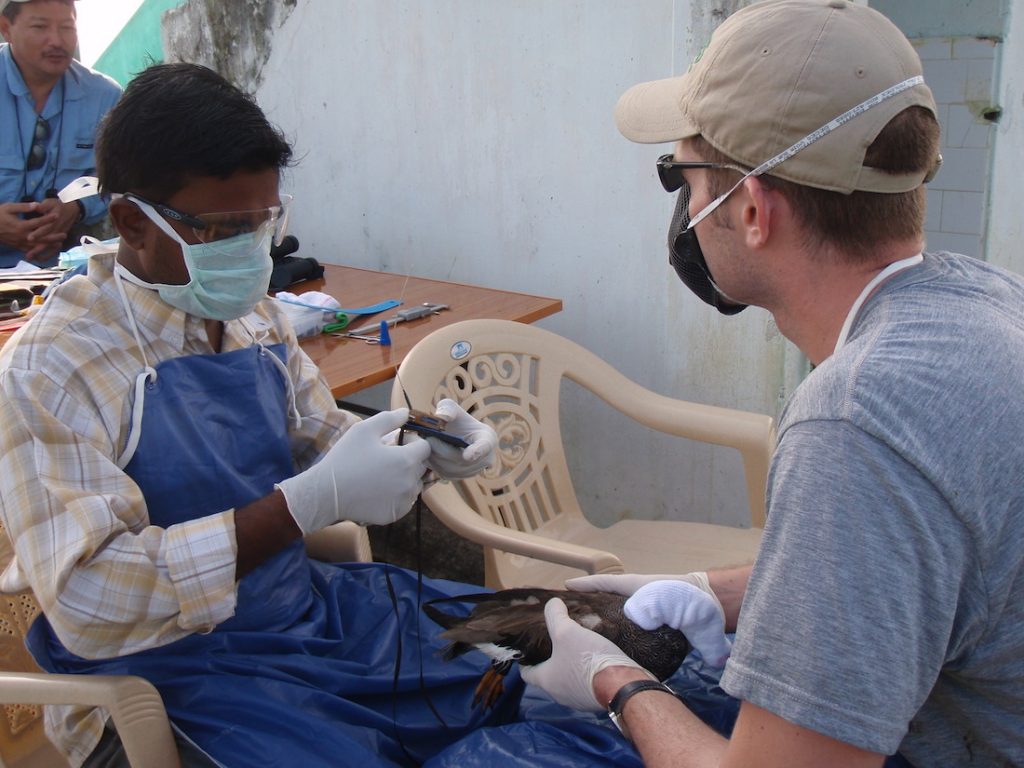
From 2008 to 2010, Dr. Sathiyaselvam started satellite tracking studies to understand the migratory route of birds along the Central Asian Flyway as part of a project by FAO and Wetlands International, and technically supported by the United States Geological Survey (USGS).
“It was an exciting project for me. Satellite tagging of birds and studying their movements to understand their flying routes and behaviour was vital to protect the migratory birds,” said Dr. Sathiyaselvam.
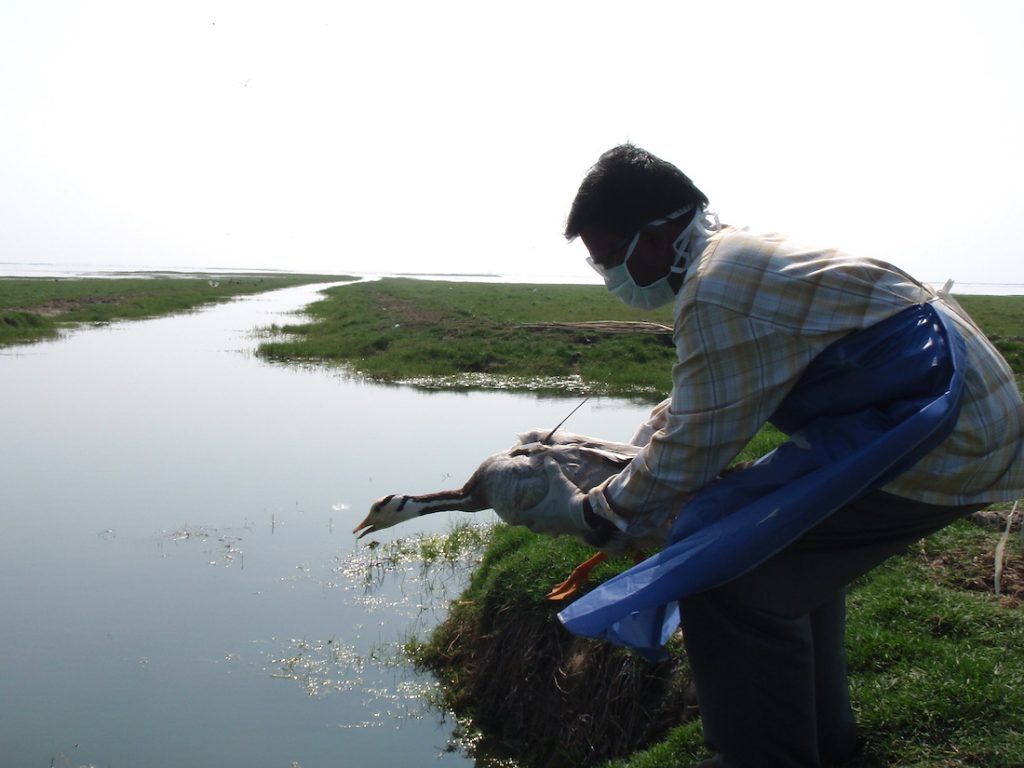
Later, he also contributed to developing the National Action Plan for Migratory Birds and their habitats along the Central Asian Flyway. Not only that, he also made a foray into the world of marine science and extended technical support to draft the National Marine Turtle Action Plan and the Marine Mega Fauna Stranding Management Guidelines while being deputed to the MoEF&CC.
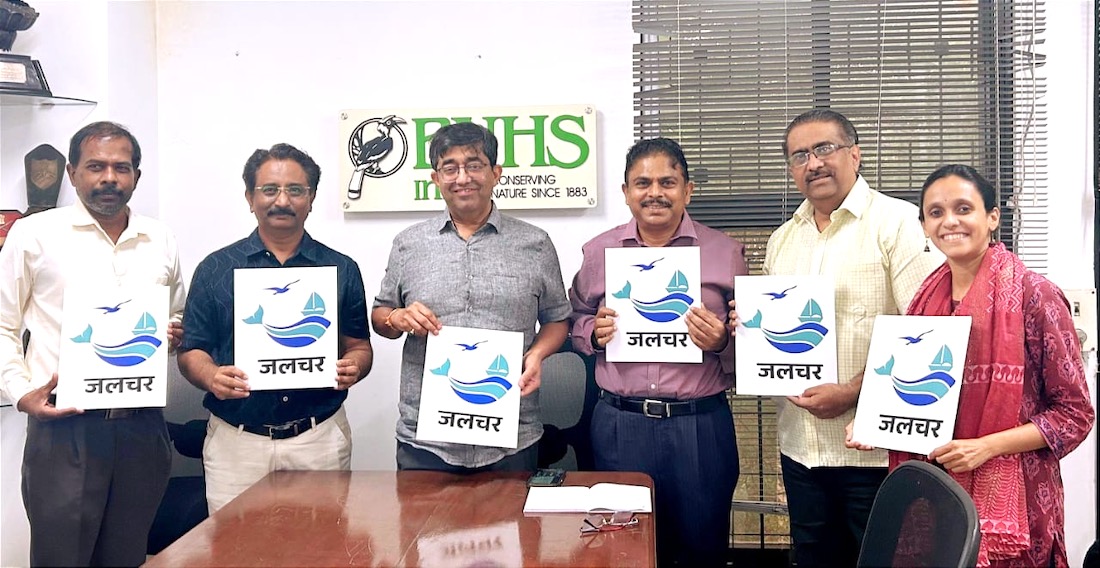
Today, Dr. Sathiyaselvam is the Deputy Director and Head of the Wetlands and Flyways Programme at BNHS. On December 6, 2024, he became the proud recipient of the prestigious Wildlife Service Award 2024 at the Sanctuary Wildlife Awards presented by the DSP Mutual Fund.
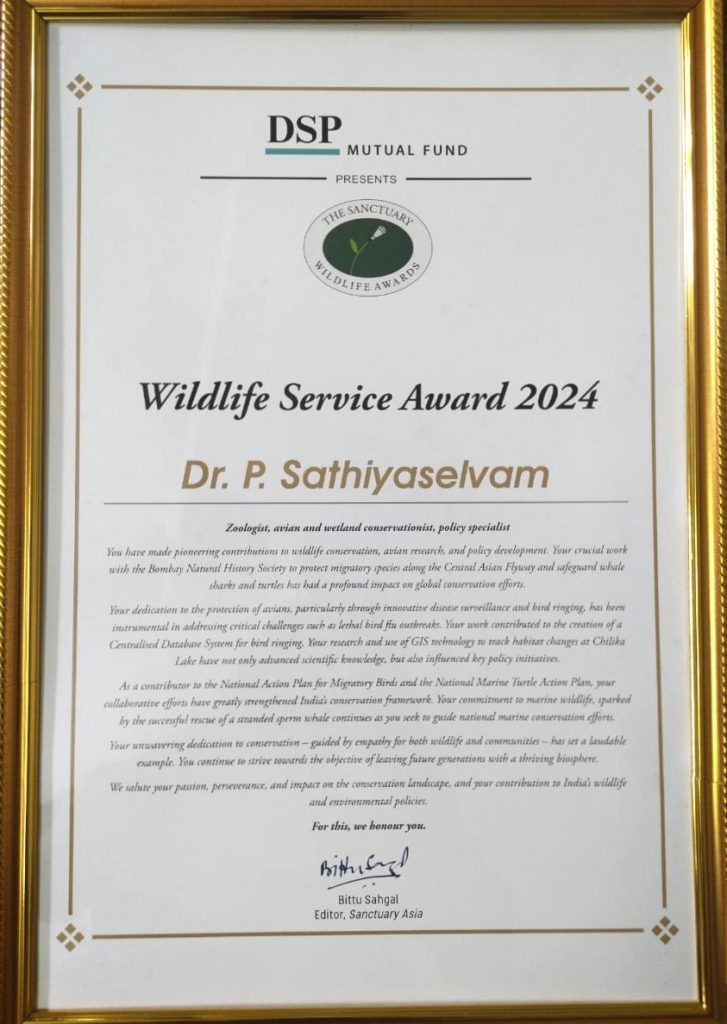
Even after so many years, Dr Sathiyaselvam’s work continues to be highly demanding. He must constantly travel away from his family, encounter extreme environments, and work long field hours where modern facilities and amenities are often minimal. Yet, his passion for gaining knowledge motivates him to continue.
“I am a knowledge seeker. Every new project teaches me something exciting about this vast and beautiful world of avian and marine fauna. I try to use this knowledge to protect the birds and other wildlife,” said Dr. Sathiyaselvam.
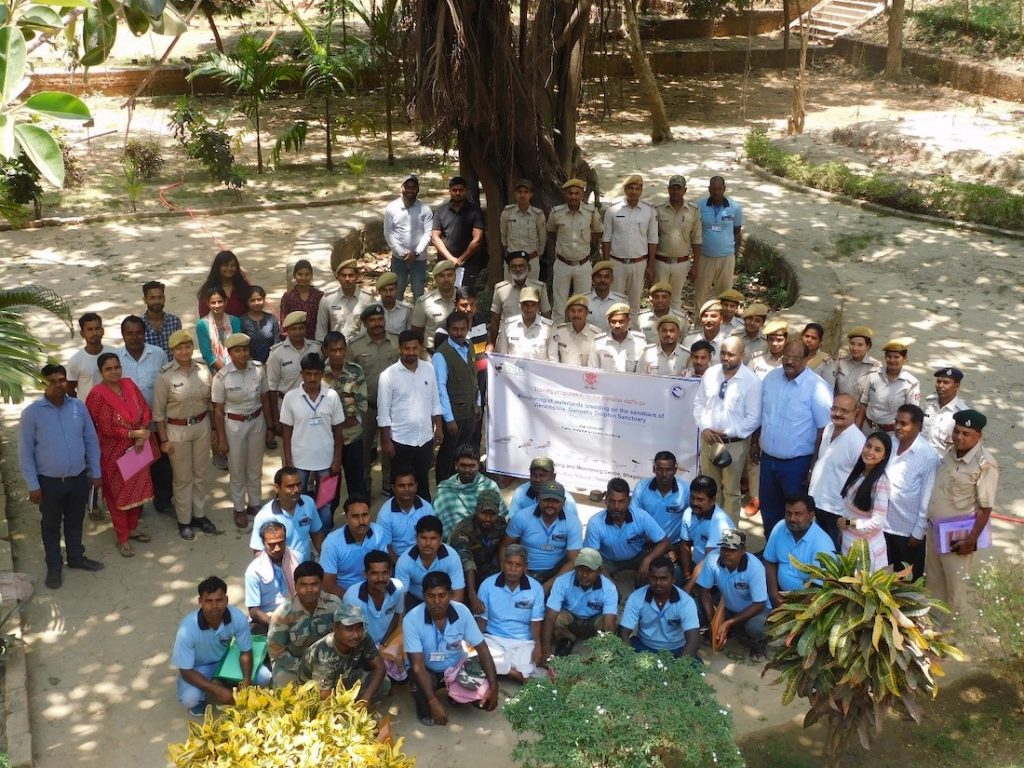
With nearly twenty seven years of dedicated efforts, Dr. Sathiyaselvam has made pioneering contributions to conserving avian and marine fauna. He continues to work with great passion, dedication, and commitment. It is for heroes like him that we continue to enjoy the benefits that the natural world showers on us.

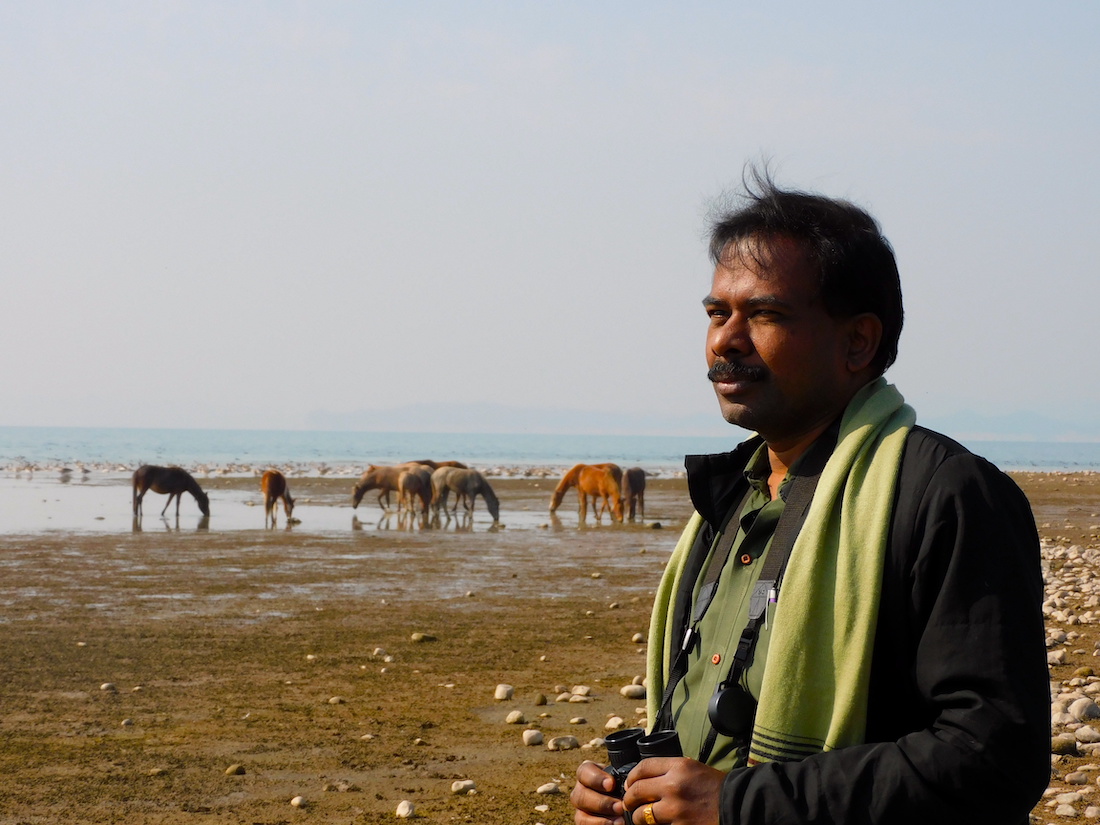
Meet the BNHS Scientist is a good initiative by the BNHS. Dr Sathiyaselvam’s work related to wildlife conservation has been truly inspiring!
Such an inspiring article! Dr Sathiyaselvan is truly India’s birdman and the next Salim Ali.
Fascinating to read about Dr. Sathiya Selvan . All good wishes & nice initiative “ Meet the BNHS Scientist.